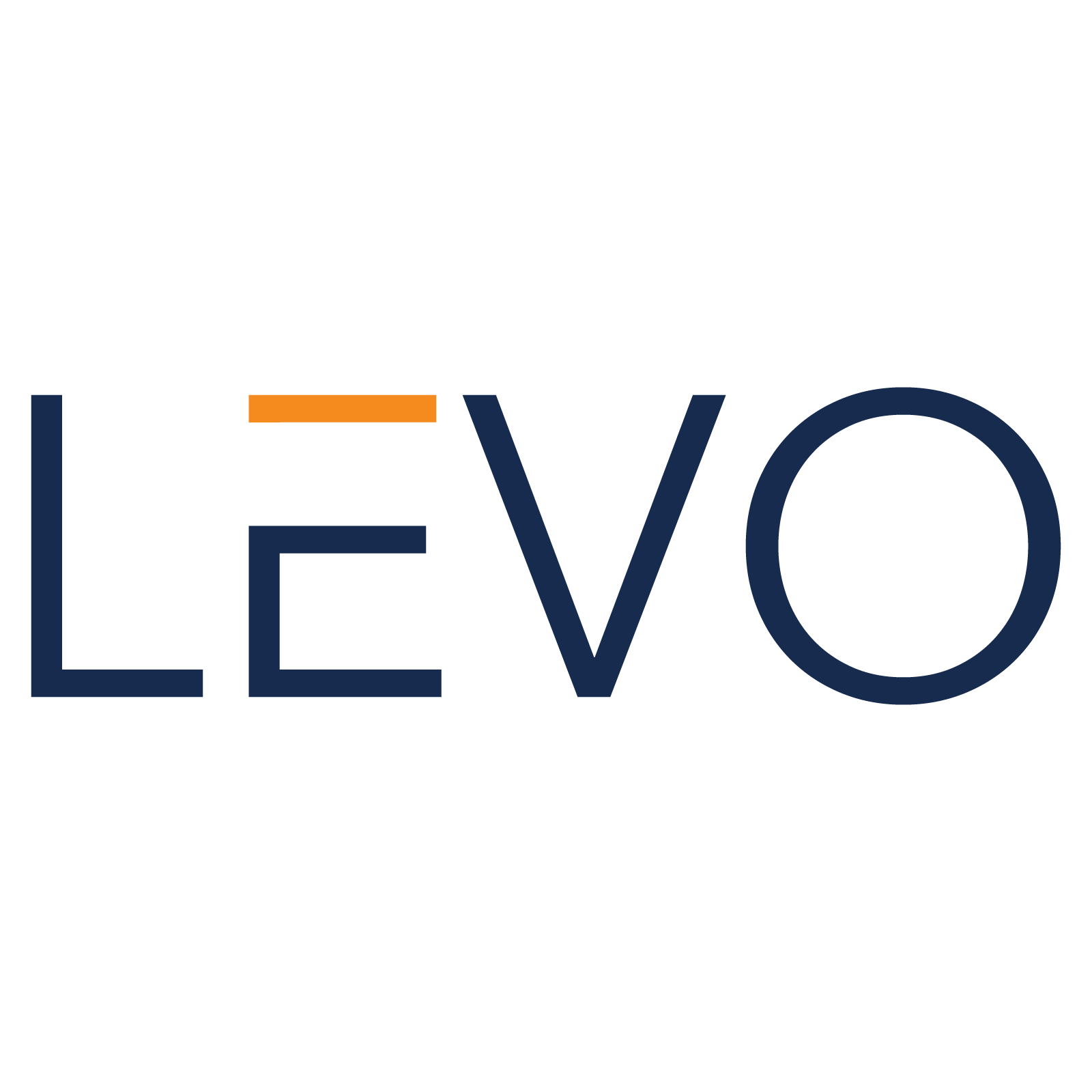Context of MCP Server adoption in Life Sciences
The life sciences industry is undergoing a major shift as artificial intelligence becomes an everyday tool in research, drug discovery, and development. Pharmaceutical companies are using AI to analyze chemical structures and predict new compounds. Biotech startups are running machine learning models to understand protein folding. Clinical trial organizations are deploying AI agents to manage patient recruitment and monitor trial safety.
MCP servers are central to these new workflows. Model Context Protocol allows AI agents to move across research databases, laboratory information management systems, regulatory documentation platforms, and collaboration tools. Instead of coding hundreds of integrations, teams can expose each system as a tool through MCP. AI agents can then orchestrate experiments, validate compliance requirements, or generate reports with natural instructions.
For example, an AI agent asked to “design a trial protocol for this oncology drug” can use MCP to pull clinical guidelines, fetch patient population data, validate trial design against regulatory templates, and even check prior trial outcomes for relevance. This orchestration dramatically reduces the time researchers spend on repetitive work and increases the pace of innovation.
Early results are promising. AI enabled workflows reduce drug discovery timelines by months and cut trial design costs significantly. But while adoption is accelerating, full scale deployment is slow. The barrier is security. Life sciences companies handle sensitive intellectual property, patient trial data, and regulatory documents. Without runtime MCP security, they risk data leaks, regulatory setbacks, and loss of competitive advantage.
Where MCP fits into Life Sciences Workflows
Life sciences is a broad domain, covering pharmaceuticals, biotechnology, clinical trials, and medical devices. MCP servers sit at the center of many critical workflows.
- Drug Discovery: AI agents query compound libraries, molecular databases, and simulation platforms via MCP servers to propose new drug candidates.
- Clinical Trials: MCP servers let agents orchestrate patient recruitment, check eligibility against medical records, and monitor trial data for anomalies.
- Regulatory Submissions: AI copilots use MCP to gather evidence, align documents with templates, and submit data packages to regulators.
- Manufacturing and Quality Control: MCP servers bridge AI agents to laboratory systems, production monitoring tools, and supply chain databases to ensure quality and traceability.
- Collaboration and Knowledge Sharing: Research teams use MCP enabled AI assistants to pull insights from internal knowledge bases, published journals, and experimental results.
The MCP server functions as the universal translator across systems that rarely talk to each other directly. This makes research faster and more collaborative, but it also creates risk. If MCP servers are compromised, competitors could gain access to proprietary compounds, regulators could receive inaccurate submissions, or trial data could be leaked.
The Unique Risks in Life Sciences (Data, Compliance, Trust)
The life sciences industry faces a combination of scientific, regulatory, and competitive risks. MCP adoption raises the stakes in all three.
- Intellectual property risks: Drug discovery data and molecular structures are among the most valuable assets in pharma and biotech. MCP servers that connect agents to compound libraries or experimental data create new points of exposure. A single leak could cost billions in lost revenue.
- Compliance risks: Life sciences organizations must comply with FDA, EMA, GxP, and clinical trial regulations. MCP calls that transfer trial data across borders or bypass audit steps may trigger regulatory rejection or delay.
- Patient safety risks: Clinical trials involve sensitive patient data. MCP enabled workflows that mishandle PHI could compromise safety monitoring or breach privacy protections.
- Privilege risks: AI agents with overbroad access could modify trial data, alter experiment parameters, or approve noncompliant submissions.
- Reputation and trust risks: Investors, regulators, and patients must believe that life sciences companies handle data responsibly. A breach or compliance failure can derail not just one project but entire pipelines.
These risks make MCP security a board level concern in life sciences.
Why Legacy Security Fails
Life sciences firms use firewalls, IAM systems, encrypted databases, and compliance software. But these legacy tools are not sufficient for MCP enabled AI workflows.
- IAM gaps: IAM assumes human researchers and static roles. AI agents assume temporary roles and tokens that shift constantly. IAM cannot attribute actions reliably in this environment.
- Perimeter blind spots: Firewalls guard traffic at the edge of networks. MCP workflows are internal east west flows between agents, databases, and trial systems. These remain invisible to perimeter tools.
- Static compliance tools: Traditional compliance management relies on manual reporting and periodic checks. MCP-enabled agents act in real time. Static tools cannot track dynamic workflows or prove compliance continuously.
- DLP limitations: Data Loss Prevention focuses on storage and documents. MCP risks occur in prompts, embeddings, and intermediate responses that DLP cannot see.
This means legacy tools give a false sense of safety. They protect yesterday’s risks while leaving MCP adoption in life sciences exposed.
How Runtime MCP Security Enables Adoption Safely
Runtime MCP security addresses these challenges by embedding controls into live MCP workflows.
- Visibility into research flows: Every agent-to-MCP call and downstream query is observed in real time. Researchers and compliance teams see what was accessed, by whom, and why.
- Data redaction and residency enforcement: Sensitive trial data or proprietary compounds can be redacted inline. Residency rules ensure that data does not cross borders without authorization.
- Scoped permissions: Agents only receive access to the exact datasets or tools needed. Privileges can be revoked instantly if misuse is detected.
- Inline enforcement: Security guardrails prevent agents from executing unauthorized actions, such as submitting unverified data to regulators or pulling unrelated compounds from libraries.
- Audit-grade evidence: Immutable logs create a full chain of custody for every MCP interaction. This supports GxP and clinical trial audits seamlessly.
With runtime MCP security, life sciences firms can scale AI adoption while ensuring that innovation remains secure, compliant, and trustworthy.
How Levo Can Help
Levo extends its API security expertise to MCP-enabled research environments. For life sciences firms, this brings several benefits.
- Privacy-first architecture: Proprietary research data never leaves the organization’s environment. Only safe metadata is processed.
- Deep runtime visibility: Kernel-level sensors capture MCP flows without requiring code changes or impacting system performance.
- Scalable and efficient: With less than one percent overhead, Levo supports global research operations at scale.
- Continuous compliance: Logs and evidence are generated automatically for FDA, EMA, and GxP audits.
With Levo, life sciences companies can accelerate discovery, protect their intellectual property, and bring therapies to market faster while maintaining compliance.
Conclusion
Life sciences innovation is built on trust, trust from patients who join trials, from regulators who approve therapies, and from investors who fund research. MCP servers are reshaping how discoveries are made, but without runtime security they could undermine the very trust the industry relies on. By securing MCP workflows, life sciences organizations can accelerate innovation, protect sensitive data, and ensure that breakthroughs reach patients safely.


.jpeg)
.png)

.png)
.png)
.png)
